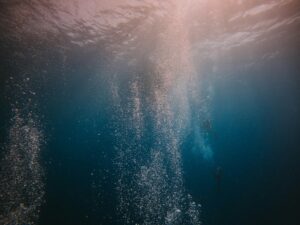Historic high seas treaty agreement reached after decades of negotiations
United Nations have reached a historic agreement to protect the world’s oceans following almost twenty years of talks.
On Saturday evening, after 48-hours of discussions in New York, Rena Lee of Singapore, UN Ambassador for Oceans, took to the stage to announce the agreement had been met to protect the high sea areas of the world’s oceans.
Coming at a later date, the delegates will meet for half a day to formally adopt the text. She made it clear the text would not be reopened.
Rebecca Hubbard, Director of the High Seas Alliance, said: ‘Following a two-week long rollercoaster ride of negotiations and super-hero efforts in the last 48 hours, governments reached agreement on key issues that will advance protection and better management of marine biodiversity in the High Seas’.
The last international agreement on ocean protection was signed 40 years ago in 1982 – the UN Convention on the Law of the Sea. The agreement established an area called the high seas – international waters where all countries have a right to fish and complete research – but only 1.2% of the waters are protected.
According to research from the International Union for Conservation of Nature (IUCN), an estimated 10% of the global marine species were found to be at risk of extinction. Although these new protected areas, established in the treaty, will put limits on how much fishing can take place, the routes of shipping lanes and exploration activities like deep sea mining – when minerals are taken from a sea bed 200m or more below the surface.
As well as marking a moment in history, the fact an agreement has been reached has also put an end to the negotiations being held up for years over disagreements on funding and fishing rights.
One of the biggest problem areas was the question on how to fairly share marine genetic resources and the eventual profits between developed and developing nations. In a bid to build trust between rich and poor countries, the EU pledged $42m in New York to facilitate the ratification of the treaty and its early implementation.
‘This is an historic moment for humanity and for the protection of all living beings in our global ocean,’ said Farah Obasidullah, Ocean advocate and Founder of Women4Oceans. ‘Almost half our planet will now have a chance of some sort of protection from the ever-increasing onslaughts to the ocean. This treaty comes not a moment too soon. With the climate and global wildlife crises worsening and a reckless new industry of deep-sea mining on the horizon, we cannot afford any delays in putting this treaty into force.’
Photo by Dustin Haney
















